This report is taken from PN Review 228, Volume 42 Number 4, March - April 2016.
To ‘write as I paint my pictures’: Paul Gauguin as Artist-Writer
‘When Paul Cézanne wants to speak [...] he says with his picture what words could only falsify.’ In The Voices of Silence (1951), French author and statesman André Malraux expressed his view that the Post-Impressionist painter could only ‘speak’ with paint, not with words (his letters, according to Malraux, amounted to no more than a catalogue of petty-bourgeois concerns). This gives a fair idea of the reaction that a painter who tried their hand at writing could expect in the nineteenth and early twentieth centuries. But what did this mean for artists who wished to respond, verbally, to their critics, or for whom writing and painting were equal components of an interdisciplinary practice?
I have been investigating Paul Gauguin’s (1848–1903) solution to this problem. Although skeptical of critics (he claimed that art needed no verbal commentary), the French Symbolist painter – best known for his vibrant paintings of Tahiti – nonetheless wrote a good deal. His literary output included art criticism, satirical journalism, travel writing, and theoretical treatises, most of it unpublished in his own lifetime. He was adamant, however, that none of this writing amounted to ‘art theory’ as practiced by literary critics. Instead, his aim was to ‘write as I paint my pictures’ – that is (he would have us believe) spontaneously, without regard to academic convention, and in a manner suited to the ‘savage’ he hoped to become as a result of his relocation to French Polynesia in the 1890s. Conscious of the contradiction inherent in using words to defend the visual, he ...
I have been investigating Paul Gauguin’s (1848–1903) solution to this problem. Although skeptical of critics (he claimed that art needed no verbal commentary), the French Symbolist painter – best known for his vibrant paintings of Tahiti – nonetheless wrote a good deal. His literary output included art criticism, satirical journalism, travel writing, and theoretical treatises, most of it unpublished in his own lifetime. He was adamant, however, that none of this writing amounted to ‘art theory’ as practiced by literary critics. Instead, his aim was to ‘write as I paint my pictures’ – that is (he would have us believe) spontaneously, without regard to academic convention, and in a manner suited to the ‘savage’ he hoped to become as a result of his relocation to French Polynesia in the 1890s. Conscious of the contradiction inherent in using words to defend the visual, he ...
The page you have requested is restricted to subscribers only. Please enter your username and password and click on 'Continue':
If you have forgotten your username and password, please enter the email address you used when you joined. Your login details will then be emailed to the address specified.
If you are not a subscriber and would like to enjoy the 292 issues containing over 11,700 poems, articles, reports, interviews and reviews,
why not subscribe to the website today?
